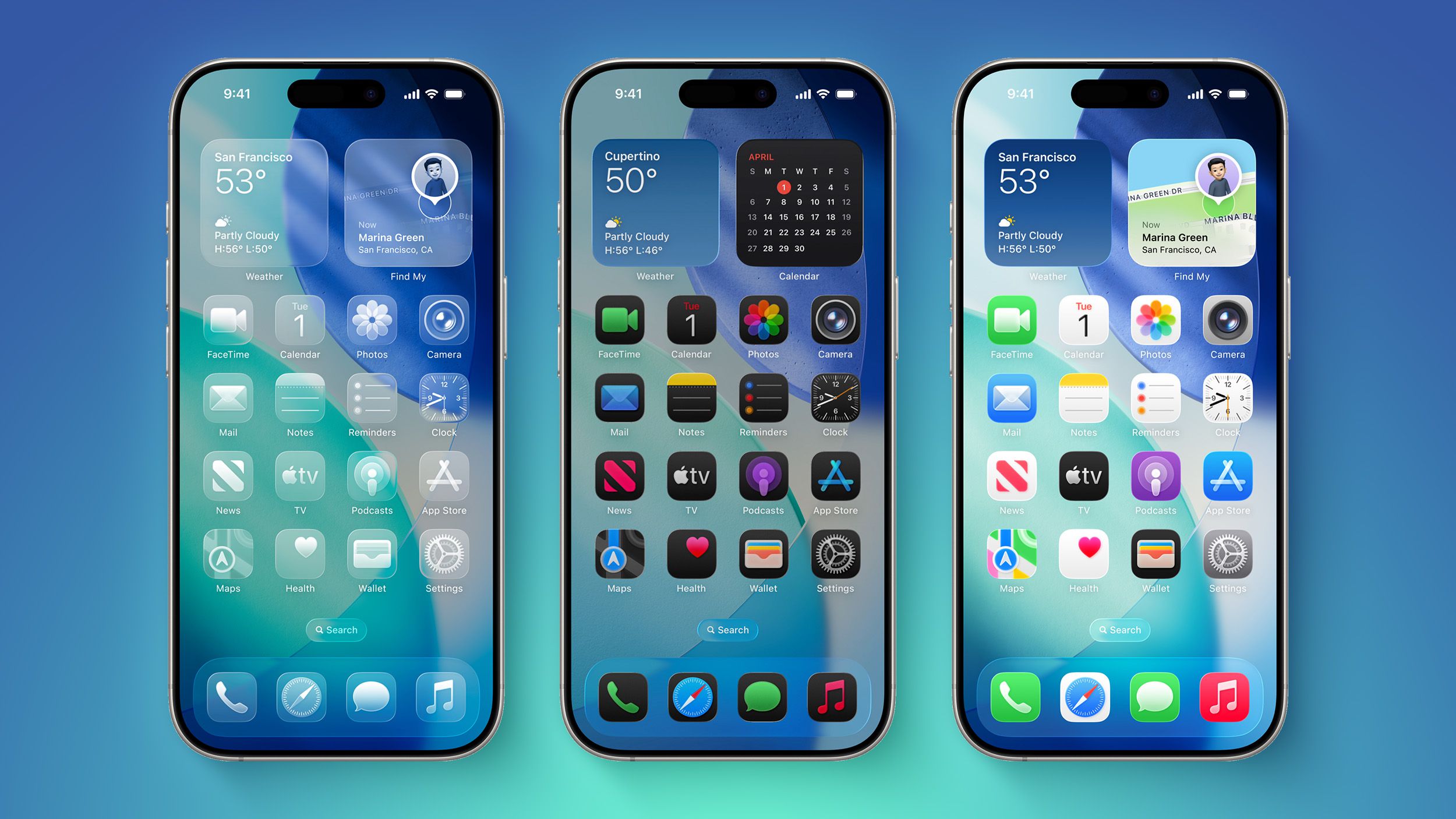There are countless metrics you can use, whether quantitative or qualitative, to judge the success of an organization.One of the most important may simply be the organization’s ability to set a clear agenda for itself and effectively demonstrate that it can follow through.According to those parameters, Nikon Advanced Manufacturing has been having quite a successful year.
Moreover, the success the company has achieved thus far in 2025 is the kind that looks to be setting up Nikon Advanced Manufacturing for even bigger things in the not-too-distant future.I think Nikon is the sort of enterprise that everyone in the additive manufacturing (AM) industry should keep an eye on, given the legacy of the parent corporation, the AM business unit’s series of key acquisitions over the last few years, and its ties to some of the world’s most significant adopters of metal AM.From a personal standpoint, I’m especially interested in watching the story of Nikon Advanced Manufacturing unfold because the interview I did last fall with the company’s CEO, Hamid Zarringhalam, was one of the most instructive conversations I’ve had about the AM industry.
In that interview, Zarringhalam laid out the company’s multi-year roadmap for building connections to the most strategically critical sectors, primarily centered on targeting the U.S.defense market.In the first half of 2025, Nikon Advanced Manufacturing has already made a series of key strides towards accomplishing that objective.
The company’s progress on that front includes a deal between Nikon SLM Solutions, ATI, and Bechtel Plant Machinery Inc., to print hypersonic parts for the U.S.Navy; a contract from America Makes to develop an aluminum alloy dataset for aerospace and defense applications; and a strategic partnership with ASTM International to develop applications and engage in workforce development in support of the U.S.defense industrial base (DIB).
A Nikon Advanced Manufacturing engineer showcases 3D printed parts and AMnation powder in collaboration with America Makes.At the end of June, less than a year after our last conversation, I spoke with Zarringhalam again to determine how the CEO is feeling amid what appears to be extremely positive momentum for Nikon Advanced Manufacturing’s long-term implementation of its metal AM-centric business plan.Zarringhalam clearly knows that the company is moving in the right direction, while also emphasizing that it’s just started to lay the groundwork for what it’s ultimately capable of: “I’m really pleased about the progress we’ve made,” Zarringhalam affirmed, “and it hasn’t been easy.
Coming from the semiconductor space, that’s the speed and wavelength I operate on, so at times, metal AM has felt slow to me.There’s much more to come — and there are also other things that we’ve done for the defense market that we haven’t announced yet.In terms of what we’ve already achieved, I’m very excited about this America Makes proposal.
When you take our equipment capability with Nikon SLM Solutions, which enables high-productivity output on large-format machines, and combine that with our manufacturing and engineering services arm at our facility in Long Beach, I think we’ve created a compelling blueprint for scaling the U.S.DIB’s necessary future capabilities on domestic shores.” By partnering with powder supplier Constellium and a handful of other collaborators to qualify Constellium’s CP1 aluminum alloy powder for defense applications, Nikon Advanced Manufacturing has embarked on a project that can prove the company’s ability to maximize harmony between all of its various elements: “There’s a lot of interest in CP1, a high-strength aluminum alloy, from defense and aerospace manufacturers, as well as manufacturers for the space industry.In order to meet that demand, the alloy needs to be qualified on large-format, high-productivity machines,” Zarringhalam explained.
“The NXG XII 600 Series aren’t just R&D machines: there are around 50 of them in the field already, producing end-use parts.80 percent of those systems are operating as a fleet together, so there are many repeat buys.Getting CP1 qualified on the NXG XII 600 gives the powder an ideal opportunity to be utilized at scale by experienced end-users.
It wasn’t a small investment for us, to put ourselves in the position to be able to secure the contract.In addition to dedicating a machine solely to this one alloy, and the manpower required to operate the system at our facility, we also needed support letters from all of our partners on the contract.That illustrates how committed we are to helping the DIB to scale emerging capabilities in the U.S., and I think it’s a classic example of successful industrial policy in action, working to create a common manufacturing ecosystem.” Nikon Advanced Manufacturing CEO Hamid Zarringhalam and Andy Kireta, President of ASTM International, shake hands.
Image courtesy of Nikon One of Nikon’s partners on the America Makes contract is ASTM International, bringing together two enterprises with more than two centuries of combined experience in standardizing the most advanced manufacturing processes during any given era of their respective existences.The strategic partnership established by Nikon and ASTM, separate from the America Makes contract, will benefit from access to the resources, infrastructure, and personnel at the Nikon AM Technology Center in Long Beach.Nikon, in turn, will benefit from ASTM’s ability to certify new workers in powder bed fusion (PBF) processes, particularly when it comes to ASTM’s know-how in leveraging metal AM for maritime applications: “ASTM obviously brings value in terms of their expertise at standardization, which is a prerequisite to be able to scale effectively.
You also need to be able to develop the workforce in order to standardize and scale, and that’s another thing that ASTM does well,” Zarringhalam said.“Now, we have this facility in Long Beach that will not only qualify materials, and offer engineering services, but also train the machine operators needed in order to produce the parts needed by the defense sector.The facility is becoming more than just a single production site, it’s growing into a fully integrated hub that can develop and execute industrial strategy.
On the defense as well as the commercial side, the maritime sector right now — for both the U.S.and its allies — needs to drastically accelerate manufacturing capacity in order for all the relevant nations to meet their production goals.Recently, the U.K.
announced a major defense spending increase, and a major aspect of that increase involved shipbuilding.Australia is in the process of preparing to build the first AUKUS-class submarines.The work that goes into fulfilling all of these objectives will be pulling from the same supply chain.
If we come up with a solution in the U.S.that serves the maritime sector in general, and the submarine industrial base, in particular, I think the best outcome for everyone would be to devise solutions that can be replicated as easily as possible, in any allied locality where the manufacturing ultimately takes place.” Nikon AM Technology Center.That is precisely why the maritime industrial base in the U.S.
and its allied and partner nations needs — broadly — more advanced manufacturing capacity, more metal AM capacity, specifically, and, above all, why the West’s maritime industrial base needs to accelerate the involvement of companies like Nikon Advanced Manufacturing, which occupy the ideal ground for unlocking the potential of collaborations between the oldest primes and the newest startups.Along those lines, Zarringhalam’s decades of experience in the semiconductor capital equipment business give the CEO a perfect vantage point for approaching the sorts of changes that the metal AM market can help the U.S.DIB implement.
Distributed manufacturing enabled by AM presents a new perspective on the concept, but Zarringhalam’s vision for what Nikon Advanced Manufacturing can bring to the maritime sector and the defense sector at large is in the mold of fabless manufacturing.This is the business model in the semiconductor industry whereby a small number of companies design and market chips that are produced by third-party foundries.At the Long Beach State of the City 2025 address, Mayor Rex Richardson invited Nikon Advanced Manufacturing CEO Hamid Zarringhalam on stage.
While this is the norm today, it was unheard of until the late 1980s, a shift that displays how quickly the semiconductor industry can reorganize itself.There’s nothing that says the underlying philosophy can’t be applied to other verticals: “We’re advocating for an industrial strategy that can lead to high-scale, high-volume output with metal AM,” asserted Zarringhalam.“One way to do that, potentially, would be to design the product in one location, maybe even do low-volume initial production, and then basically transfer that process over to an AM farm elsewhere.
This would require a joint strategy between the government and private industry, and the investments would need to be made by and between resilient companies.Spreading the work to companies whose survival isn’t guaranteed isn’t a feasible option, in this context.That’s another lesson from semiconductor manufacturing.
I remember sitting in customer meetings, discussing technology roadmaps on a ten-year forward-facing timeline, and the process is always to some extent a bet on emergent technologies.That process doesn’t work unless both the manufacturers and the suppliers have a proven track record of resilience over the long haul.” Echoing our last conversation, Zarringhalam concluded by making an apt comparison between the current global industrial context and that of the Cold War: ”I’ll be satisfied when I see advanced manufacturing integrated in a way that sets up the future of U.S.industry to succeed, especially when it comes to the DIB.
I don’t necessarily want to say we need to revitalize the DIB, because I think defense manufacturing in the U.S.is still quite robust.But the gaps that are there are the sorts of problems that need to be solved by advanced manufacturing processes and advanced technologies like metal AM, and something we can be optimistic about, here, is that we’ve done this before.
50 or 60 years ago, we started down a similar path, and that effort won the Cold War.People in the positions to make a difference realized what needed to be done, they overcame existing deficiencies and limitations, and they did it by implementing and bringing to scale the most advanced manufacturing technologies available at the time.If we can play any small part in accomplishing that same sort of mission in the 21st century, I’ll be very proud of what we’ve done.” Images courtesy of Nikon Advanced Manufacturing Subscribe to Our Email Newsletter Stay up-to-date on all the latest news from the 3D printing industry and receive information and offers from third party vendors.
Print Services
Upload your 3D Models and get them printed quickly and efficiently.Powered by FacFox
Powered by 3D Systems
Powered by Craftcloud
Powered by Endeavor 3D
Powered by Xometry
3DPrinting Business Directory
3DPrinting Business Directory









